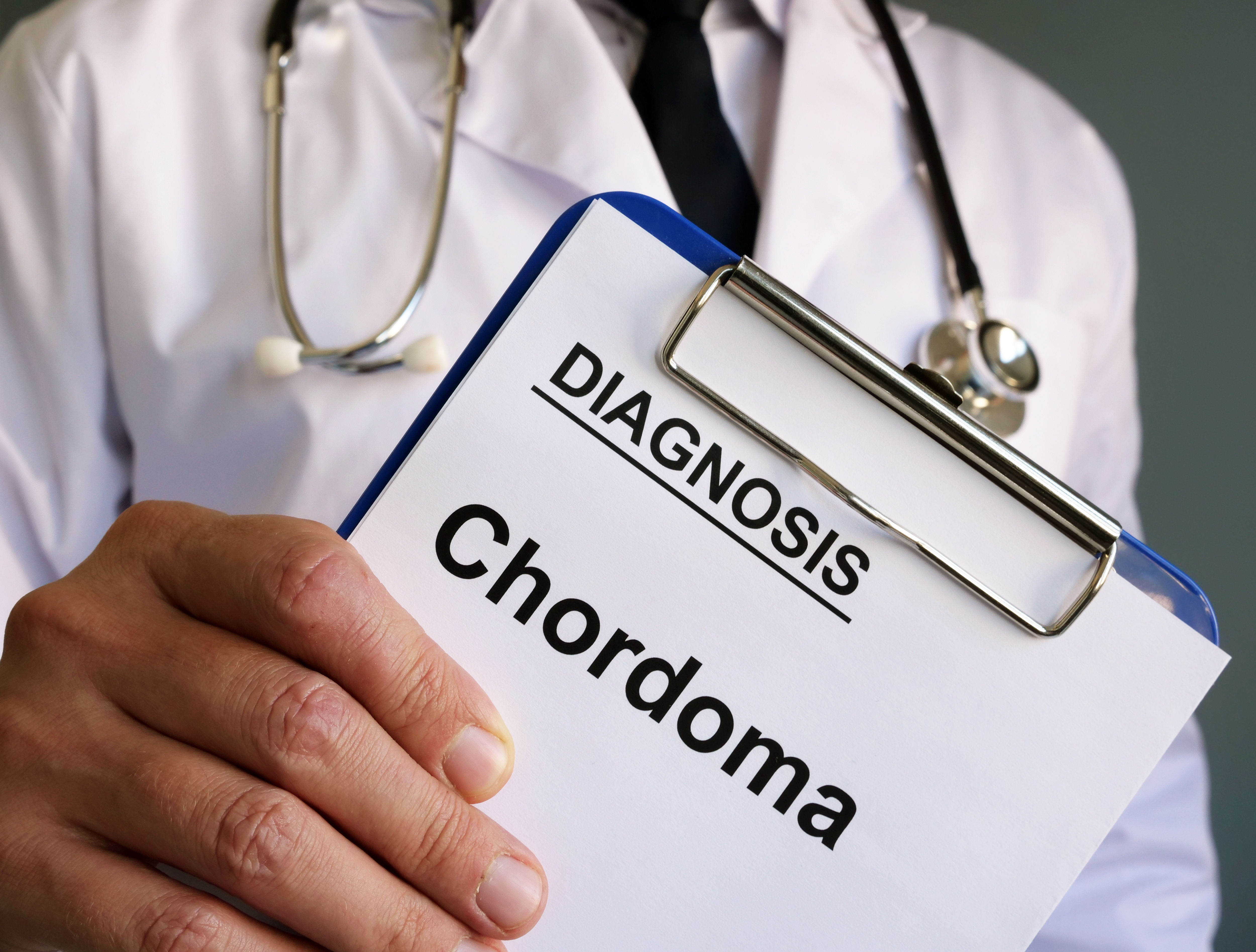Tumors that develop anywhere along the craniospinal axis are called chordomas. This type of tumor may often present as a hard challenge when it comes to diagnosis and treatment due to a high chance of recurrence, even after several surgeries.
Clival chordomas are types of invasive tumors that develop in the base of the skull. This tumor is often treated with safe surgical removal and accompanied by focused radiotherapy. An individual who suffers from chordoma is still considered lucky because some types of clival chordomas can be removed through the nose using an endonasal endoscopic


